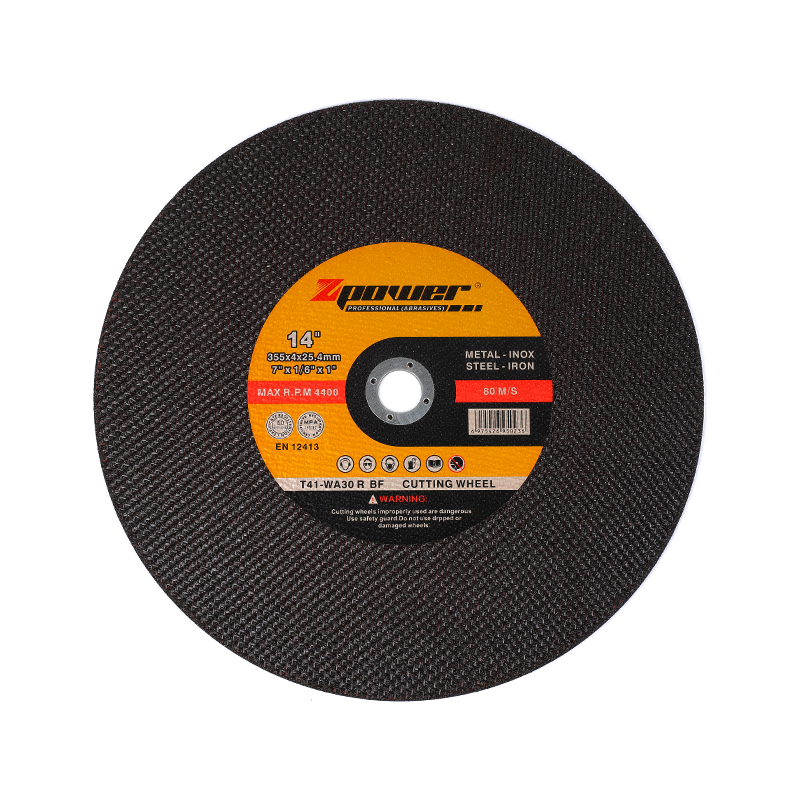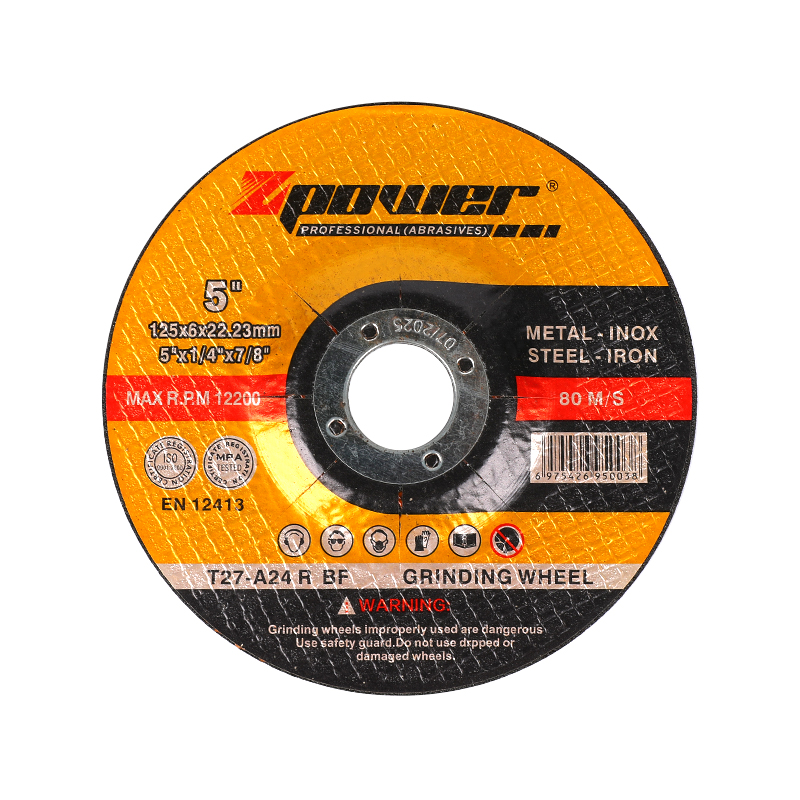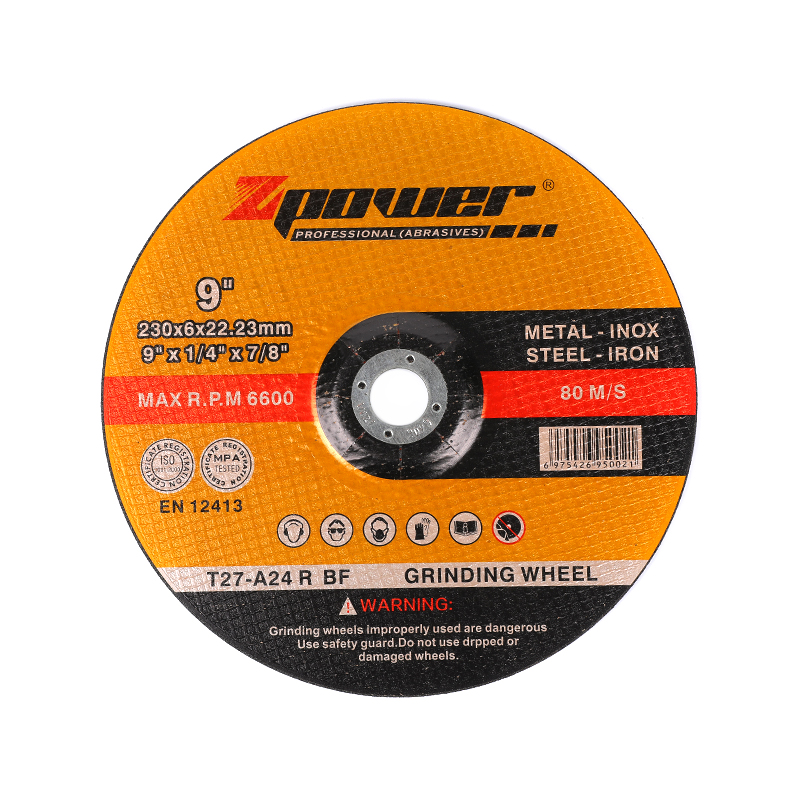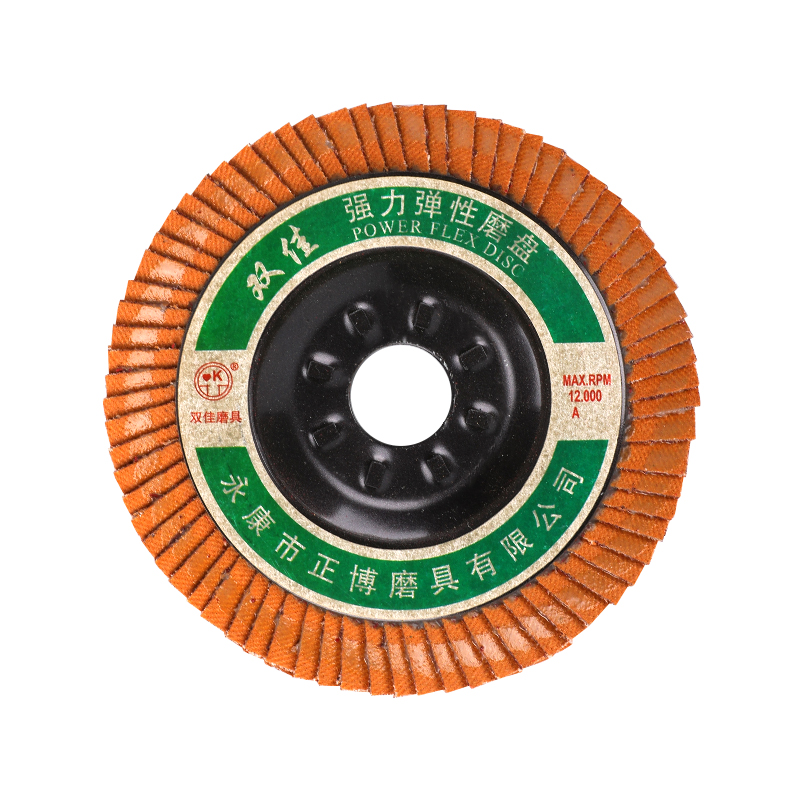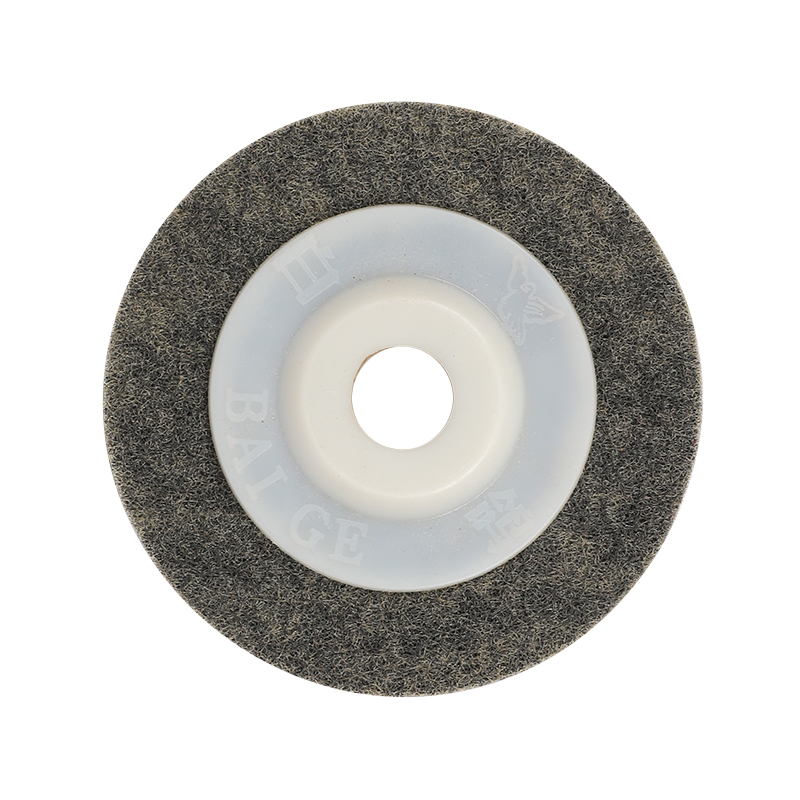Why Do Cut Off Grinding Wheels Wear Unevenly Over Time?
 2025.07.25
2025.07.25
 Industry News
Industry News
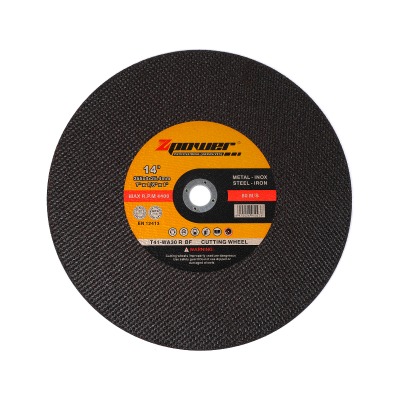
Cut off grinding wheels are widely used in metalworking, construction, and maintenance applications. These abrasive tools are designed for high-speed cutting of materials such as steel, stainless steel, and cast iron. However, over time, users often notice that cut off grinding wheels begin to wear unevenly. This issue not only reduces cutting efficiency but also increases the risk of tool failure and workpiece damage. Understanding why this uneven wear occurs can help users extend the lifespan of their tools and improve cutting performance.
One of the most common reasons for uneven wear is improper mounting of the cut off grinding wheels. When a wheel is not securely or evenly attached to the machine spindle, it can cause wobbling during rotation. This results in inconsistent pressure on the work surface, which gradually leads to an imbalanced wear pattern. Uneven flange pressure, dirty mounting surfaces, or misalignment of the arbor can all contribute to this issue. Ensuring that wheels are correctly installed with clean, flat flanges can reduce these risks.
Another factor is the application of excessive side pressure. Cut off grinding wheels are designed for straight cutting rather than side grinding. When users apply lateral force—either intentionally or due to poor handling—it can cause one side of the wheel to wear more quickly. Repeated side pressure also stresses the bonding material unevenly, leading to premature breakdown on one edge of the disc. This type of misuse is one of the main causes of shortened wheel life and irregular surface wear.
The hardness and shape of the material being cut can also influence wear patterns. When cutting dense or irregularly shaped workpieces, the wheel may contact the surface unevenly. This results in localized wear zones, particularly if the operator is not adjusting feed rate or cutting angle accordingly. Frequent transitions between different materials without changing wheels or modifying technique can further contribute to inconsistent wear.
Inadequate cooling or ventilation during cutting is another contributing factor. High friction generates heat, which can affect the resin bond that holds the abrasive grains together. Without sufficient airflow or coolant, one part of the wheel may overheat and degrade faster than the rest. This can lead to soft spots or glazing, where the surface becomes smooth and less effective at cutting, making the wear appear uneven over time.
Machine condition also plays a role. If the cutting machine is out of alignment or has worn bearings, it can cause vibration and inconsistent contact between the cut off grinding wheels and the workpiece. Even slight mechanical faults can result in poor control during cutting, which then causes the wheel to wear unevenly. Routine maintenance of the equipment can help identify and resolve such issues early.
User habits and technique significantly impact how evenly a wheel wears. Consistent pressure, straight cuts, and proper speed all contribute to even grinding wheel performance. Training operators to recognize and correct improper cutting techniques is often just as important as choosing the right wheel for the job.
Uneven wear on cut off grinding wheels can result from improper mounting, excessive side pressure, material differences, heat buildup, machine condition, and cutting technique. By addressing these factors, users can improve the lifespan of their wheels and ensure safer, more efficient cutting operations. Understanding how cut off grinding wheels respond to different working conditions helps in making better use of these tools over time.

 Eng
Eng  عربى
عربى
